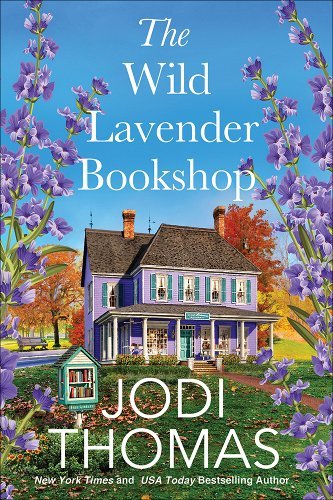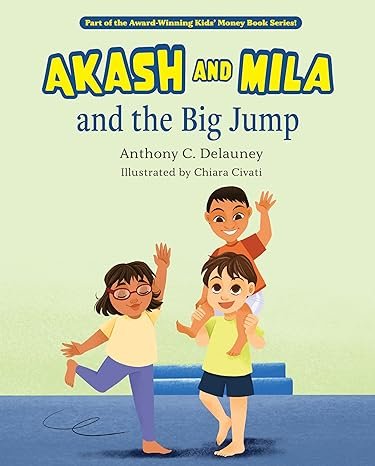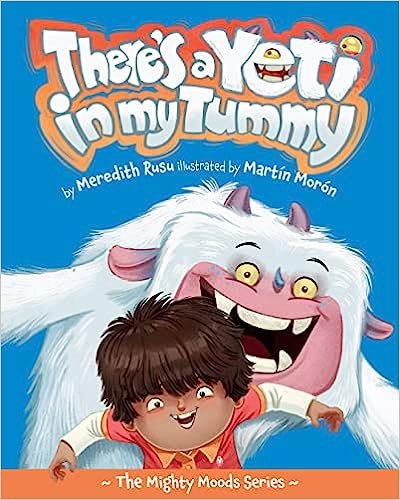Inspiration, Creative Writing Process, and our Struggle to Stay Awake
/Deniz Besim, a well-known Turkish-Cypriot poet, has recently spoken to a local newspaper about her creative writing process. As we look closer at the poet’s work, we learn that she has successfully published three books of her poetry and short stories. In her poetry, Besim expresses her innermost feelings, feelings that are familiar to most of us — pain, grief, and especially, empathy. In her writings, she finds powerful words both to describe and express her suffering. As we look at her stories and poems, we could experience a reawakening of dormant feelings inside us and hear the suffering her characters have endured. In the process, we may inevitably pick up the vibrations of her inspiration and experience our innermost feelings expressed in words.
If we carefully examine her poetry, we might be immediately drawn to her writing style that is so intricately interwoven with the feelings we experience. For us, her style becomes one with natural beauty, synonymous with inspiration. According to PR Newswire, she draws from sources such as the “howling of the wind, a fluttering of anything that could happen in nature.” Besim then uses poetry to describe her experience of natural beauty. She looks for inspiration in nature and finds its source. The poet’s writing notably strikes at the very core of our feelings, motivating us to appreciate natural beauty and learn to resolve our psychological troubles.
In addition, Besim’s work moves us to think deeply about our unique emotional responses to our own experiences. The experience of reading the poet’s work draws us into her world. Inevitably, we begin to sense the power of the written word. Eventually, we realize that her “style of writing has a powerful impact on the reader as it has the magical movements of dragging you into the story…” (PR Newswire). Once we are in her world, we are as if enchanted. We experience the rise and fall of inspiration together with the poet. Through her writing, the poet also moves us to “empathise with the character(s) and put[s] [us] through emotions [we] may not even be familiar with” (PR Newswire). We may also realize that there are emotions inside us that we have not been aware of. The experience of looking at her writing might move us to awaken those feelings and find an outlet for them.
In her talk, Besim pays special attention to what she learned from reading other writers. She gives us the sense that her inspiration draws from the wisdom of the centuries. We also realize that the lessons she learned helped her become a truly powerful writer. According to PR Newswire, Besim talks about the importance of reading other authors and suggests that they “gave her a solid perspective to understand and digest the language, and open wider doors for inspiration perhaps.” Inevitably, we come to the conclusion that language might have real power. Reading the work of other writers might have helped her expand her perspective and realize how to best find a voice for her ideas.
As we continue looking at this writer’s work, we are drawn to the power of her messages. Gradually, we understand that she sees and hears with her heart. A deeper sense of hearing opens up for her and she is able to convey messages that are truly valuable to her audience. As we read, we become more and more aware of the difficulty involved in making the right kind of choices especially when we are still young and unsure of ourselves. In particular, as we look at some of her poems such as “Amazon,” we see an interesting parallel between the website and the intricate jungle of the web. The poet observes that the trees of the jungle are cut down to produce the books we read. We do not realize that millions of trees have to be sacrificed so we can keep reading those books. And yet, the wild, untamed beauty of the amazon suffers because of our desire for “knowledge”. The issue is that oftentimes we do not even value what we learn or fail to actually make meaningful and logical conclusions afterwards.
It is interesting, therefore, to examine Besim’s responses to our relationship with the natural world. Eventually, we might understand that our own inability to appreciate the world around us conveys a very important message to us. Maybe, we are asleep. We have fallen asleep emotionally. Only a jolt that is powerful enough to get us out of our half-dormant state would help us gradually awaken. Besim’s writing might be the key. Perhaps, what we need is to emotionally experience the magical movements that Besim’s writing style evokes in us. Perhaps then, we will finally awaken from a deep emotional sleep and begin feeling, empathizing with people around us, and simply acting like human beings who still have not lost the best in us.























